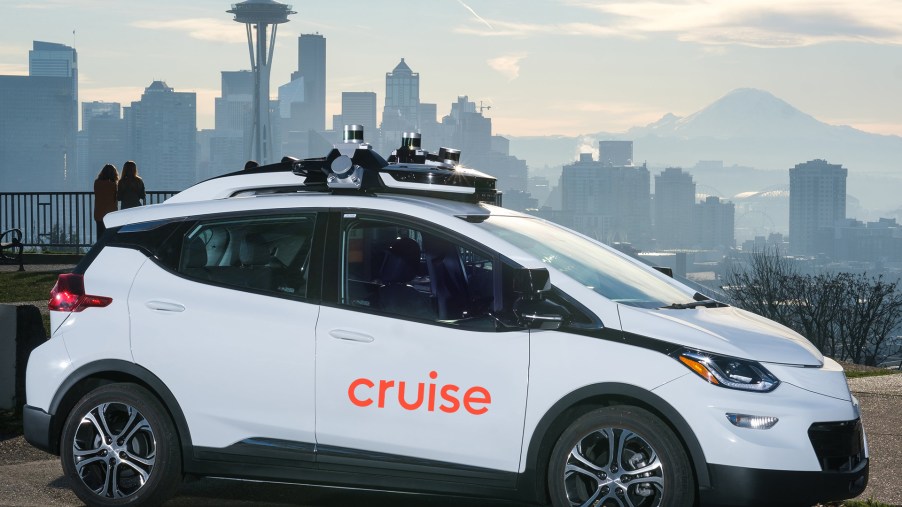
Autonomous Vehicles Face a Reckoning: Are Self-Driving Cars Really the Future?
There has been plenty of news about crashes and injuries involving self-driving cars. In fact, it’s easy to wonder if autonomous vehicles (AV) are ready for our roads. The problem, according to AV Expert Alex Roy, isn’t self-driving cars as a concept. It is, rather, how each AV company operates that determines overall safety.
Self-driving cars are as safe as the companies that make them
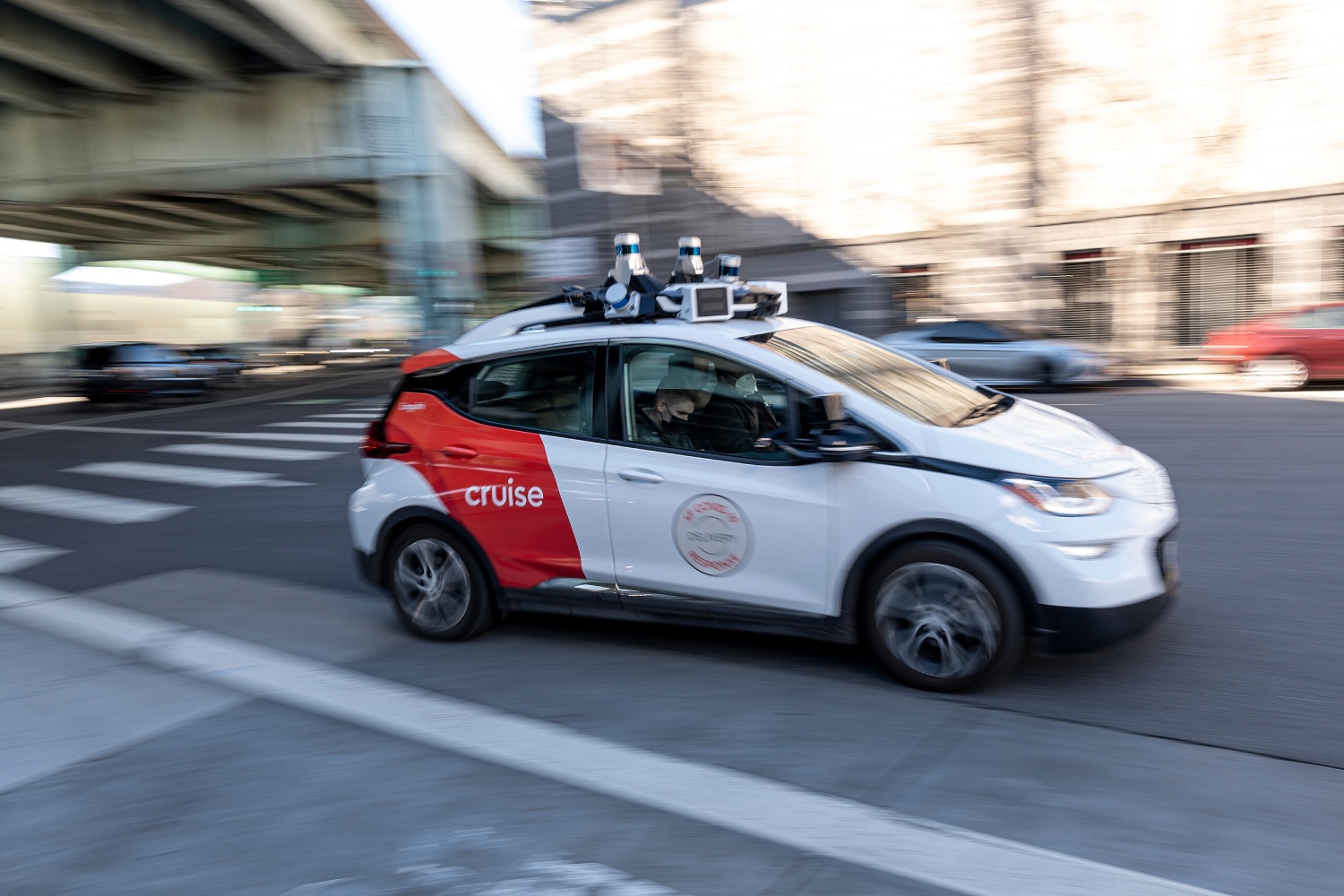
Autonomous vehicles have been in the news frequently in recent weeks, and most of it hasn’t been good. However, most of the negative press surrounds just one AV company, Cruise, while others like Waymo avoid the fray. So what’s the difference? Alex Roy puts it simply, “Cruise’s issues largely stem from this bench of people and processes not being as deep as…Waymo.”
The bench Roy refers to is the remote operational side of any Robotaxi or autonomous vehicle service. In short, when the self-driving vehicle encounters an issue it can’t resolve, how long does it take for a person at HQ to tell the AV what to do.
According to reporting by The Intercept, internal Cruise safety assessments indicate that Cruise autonomous vehicles “may not exercise additional care around children.” There are also particular concerns around specific scenarios like a child on a bike, falling down, or separating from their adult.
In simulated tests, Cruise “can’t rule out that a fully autonomous vehicle might have struck the child.” More concerning, a Cruise test vehicle successfully detected a child-sized mannequin but still struck it at 28 mph.
How are Waymo and Cruise AVs different?
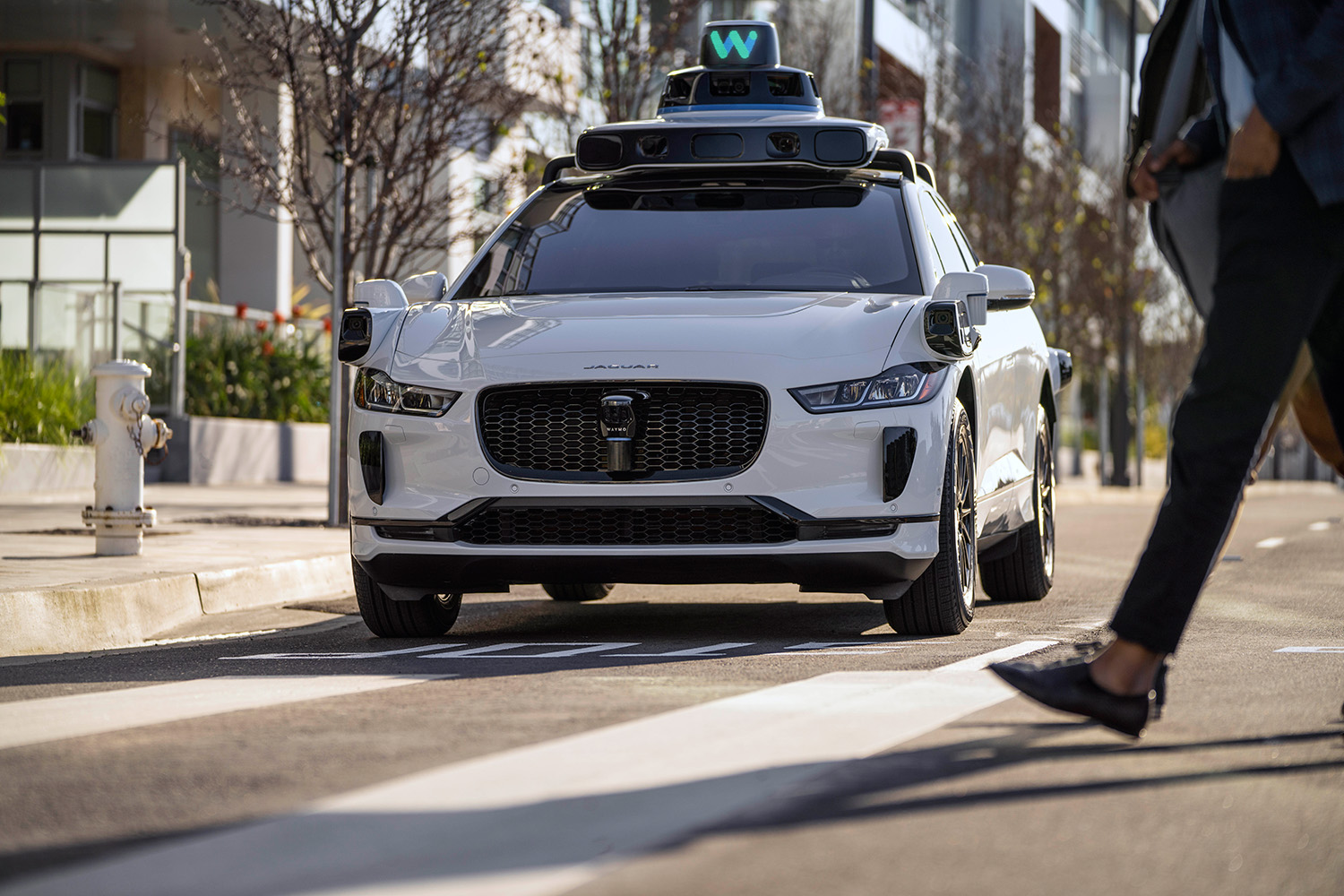
Waymo, for its part, has avoided such big, public failures, despite operating a similar technology to Cruise. But, Roy would point out, Waymo has “Done the best job of anyone, although they had the benefit of 10 years and slow-rolling it.” That slow deployment, however, has put Waymo lightyears ahead on AV safety.
In fact Waymo, he says, “They’ve made no mistakes, and it is so easy to make a mistake in this sector.” Moreover, Waymo effectively set up the model that companies like Cruise, Motional, and the now-defunct Argo utilize. These are AVs without human operators behind the wheel. But, with a monitoring station where humans can resolve potential problems as they arise.
A lack of standards makes judging autonomous vehicles challenging
USC Mobility and Transportation Professor Selika Talbott is a woman of many hats, including work with the Autonomous Vehicle Computing Consortium and the Los Angeles Board of Transportation Commission. According to her, the problem with self-driving cars is systemic.
“Where does the tech marry the policy (and) come together with community.”
Simply put, there is no standard framework, political or otherwise, for judging the safety of an autonomous vehicle. Worse yet, there isn’t even a minimum standard for required features, hazard recognition accuracy, or response time. Talbott continues, “Technology and policy have to collaborate to make this better.”
Moreover, she wants self-driving companies to establish what it means to be safe. “How do we know that if we get into one AV that it’s equal to another AV? You get into any regular car now, you have pedals, steering wheel, turn signals, airbags, on and on and on.”
It’s that continuity, she says, that regulators need to foist upon self-driving car companies for the sake of safety standards. Overall, a lack of autonomous vehicle standards hides potential problems until they’re in real-world scenarios.
Right now, she says, “[AV companies] are doing this ‘I’ve got the secret sauce’ thing.”
The solution, in her mind, is to say “What’s the best practice that gives me comfort for safety…What is the sensing equipment? Is just a camera enough? We probably need LIDAR, and RADAR, and a full sensing suite.”
She continues, adding that AV companies should be held to a minimum sensing standard for distance, “Can we say that your Radius is “X”? You don’t even have to tell me how you’re doing it, just that you can, and get some sign off from the companies that build the components that it is capable. That’s what is missing.”
Experts say autonomous vehicles are still the future
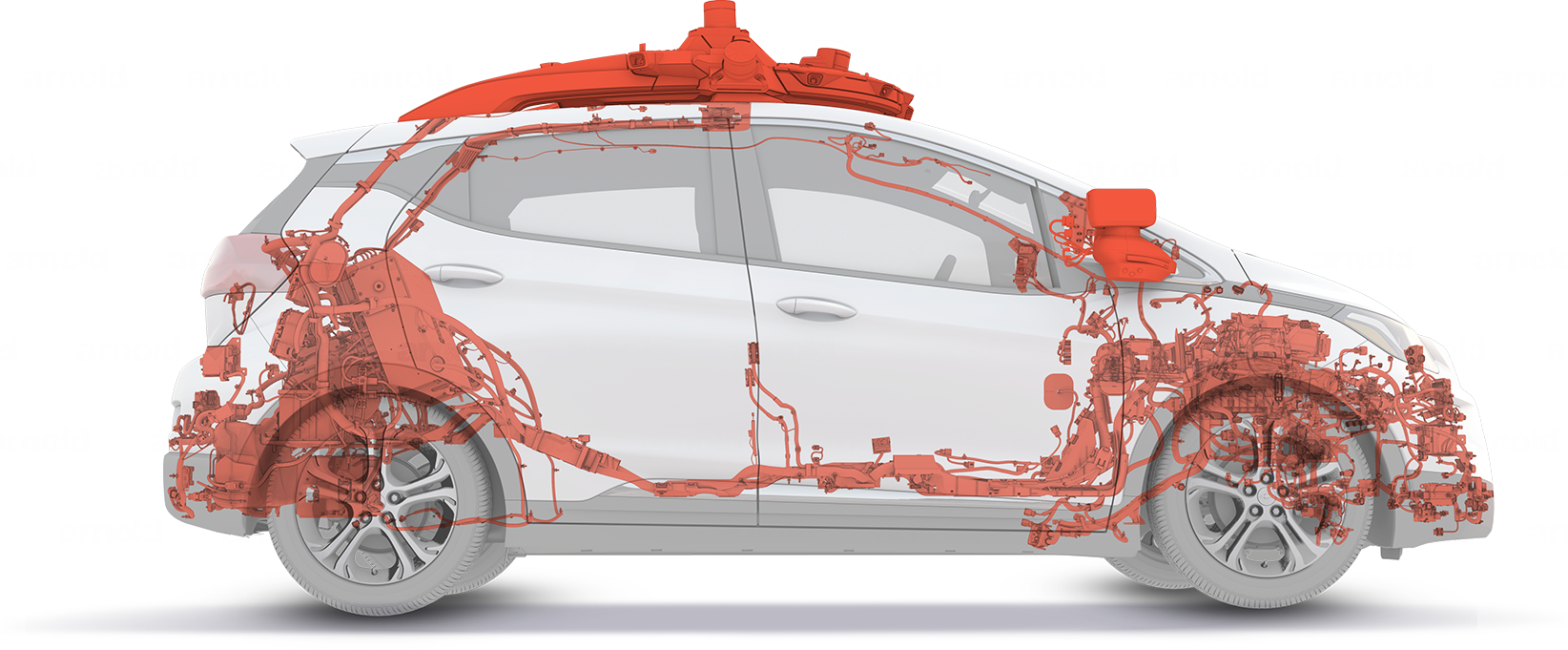
Alex Roy, founder of the Human Driving Association and Cannonball Run extraordinaire, is the last person you’d expect to be pro-autonomous vehicle. But, he says, “Who doesn’t want driving to be more convenient and safer? Anyone who’s ever been in a car would want roads to be safer and not have to drive all the time.”
Meanwhile, Selika Talbott believes AVs help solve “a mobility issue in the United States.”
She says, “Access to efficient, affordable, reliable, and safe transportation” is democratized by AVs, especially as the average monthly auto loan costs over $700 per month. Moreover, even AV opponents are affected by the mobility limitations of others. Even for those who have access to public transportation or a personal vehicle, AVs will help make their lives better. “Another person’s mobility absolutely affects you,” Talbott says.
She continues, “When you get to that restaurant or that hotel, or that hospital, especially in evening or late shifts, where they can’t get enough staff because they can’t get to work, we need everyone to have full access to good mobility, because there is an impact for everyone.”
Furthermore, she says, “We don’t have enough people to drive us…so AVs are going to be a part of this.”
Alex Roy, for his part, agrees, saying “I’m pro-choice in how people get from A to B; people should have no less than two viable options, and at least one should be affordable.”
And while safety issues at Cruise are troublesome, “There are a lot of people who are unsafe drivers, and there is no political impetus in the United States to raise licensing standards.”
Are AVs the solution to road safety?
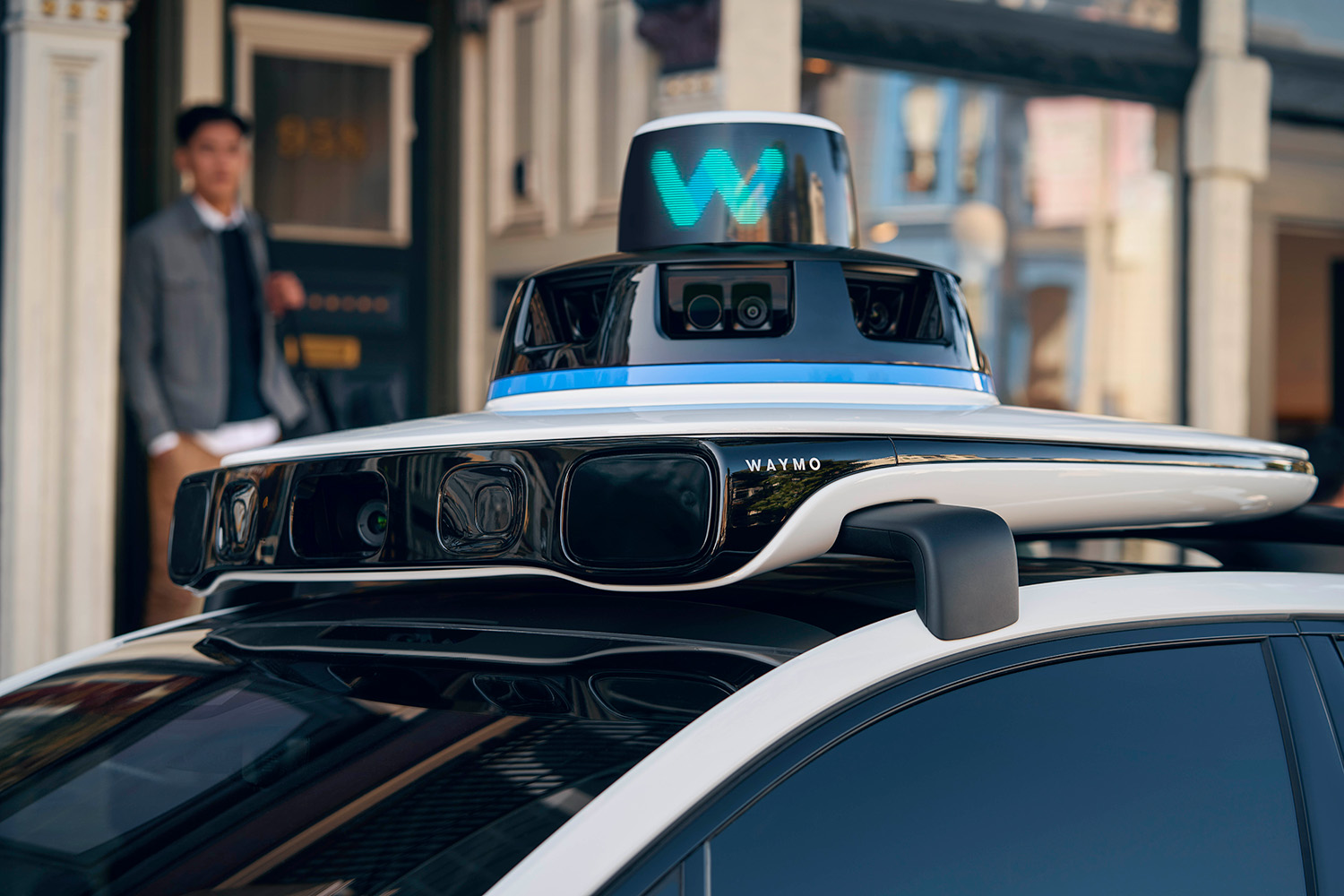
The question on Alex Roy’s mind is, “How is one to resolve the gap between safety we want and the safety we have.” Admittedly, AVs aren’t the cheapest solution. Those would be, “Road design, protected bike lanes, traffic circles, higher driving standards, and better policy.”
However, those solutions are politically difficult. According to Roy, this “leaves safety improvements to Silicon Valley and OEMs to deploy better driver assistance.” In other words, AVs are here to stay, even if Cruise has tarnished the tech for everyone in the game.



